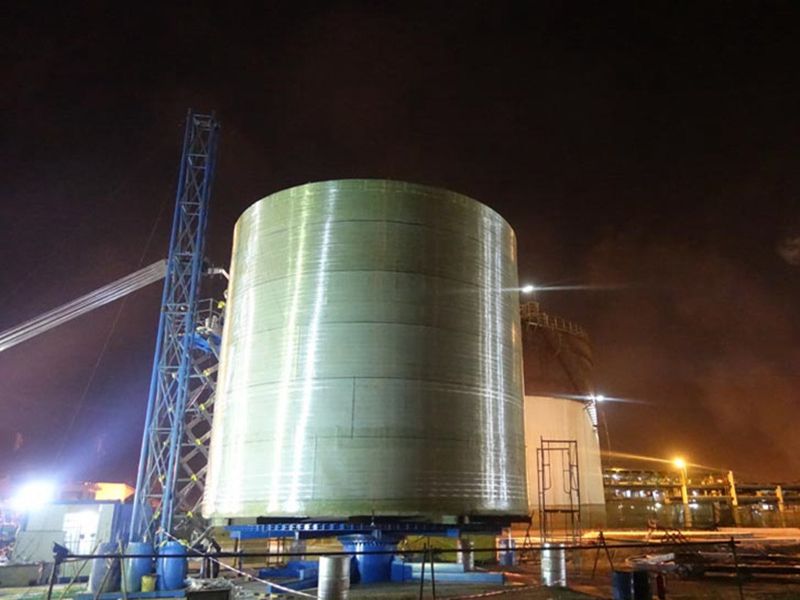
-
 Afrikaans
Afrikaans -
 Albanian
Albanian -
 Amharic
Amharic -
 Arabic
Arabic -
 Armenian
Armenian -
 Azerbaijani
Azerbaijani -
 Basque
Basque -
 Belarusian
Belarusian -
 Bengali
Bengali -
 Bosnian
Bosnian -
 Bulgarian
Bulgarian -
 Catalan
Catalan -
 Cebuano
Cebuano -
 China
China -
 China (Taiwan)
China (Taiwan) -
 Corsican
Corsican -
 Croatian
Croatian -
 Czech
Czech -
 Danish
Danish -
 Dutch
Dutch -
 English
English -
 Esperanto
Esperanto -
 Estonian
Estonian -
 Finnish
Finnish -
 French
French -
 Frisian
Frisian -
 Galician
Galician -
 Georgian
Georgian -
 German
German -
 Greek
Greek -
 Gujarati
Gujarati -
 Haitian Creole
Haitian Creole -
 hausa
hausa -
 hawaiian
hawaiian -
 Hebrew
Hebrew -
 Hindi
Hindi -
 Miao
Miao -
 Hungarian
Hungarian -
 Icelandic
Icelandic -
 igbo
igbo -
 Indonesian
Indonesian -
 irish
irish -
 Italian
Italian -
 Japanese
Japanese -
 Javanese
Javanese -
 Kannada
Kannada -
 kazakh
kazakh -
 Khmer
Khmer -
 Rwandese
Rwandese -
 Korean
Korean -
 Kurdish
Kurdish -
 Kyrgyz
Kyrgyz -
 Lao
Lao -
 Latin
Latin -
 Latvian
Latvian -
 Lithuanian
Lithuanian -
 Luxembourgish
Luxembourgish -
 Macedonian
Macedonian -
 Malgashi
Malgashi -
 Malay
Malay -
 Malayalam
Malayalam -
 Maltese
Maltese -
 Maori
Maori -
 Marathi
Marathi -
 Mongolian
Mongolian -
 Myanmar
Myanmar -
 Nepali
Nepali -
 Norwegian
Norwegian -
 Norwegian
Norwegian -
 Occitan
Occitan -
 Pashto
Pashto -
 Persian
Persian -
 Polish
Polish -
 Portuguese
Portuguese -
 Punjabi
Punjabi -
 Romanian
Romanian -
 Russian
Russian -
 Samoan
Samoan -
 Scottish Gaelic
Scottish Gaelic -
 Serbian
Serbian -
 Sesotho
Sesotho -
 Shona
Shona -
 Sindhi
Sindhi -
 Sinhala
Sinhala -
 Slovak
Slovak -
 Slovenian
Slovenian -
 Somali
Somali -
 Spanish
Spanish -
 Sundanese
Sundanese -
 Swahili
Swahili -
 Swedish
Swedish -
 Tagalog
Tagalog -
 Tajik
Tajik -
 Tamil
Tamil -
 Tatar
Tatar -
 Telugu
Telugu -
 Thai
Thai -
 Turkish
Turkish -
 Turkmen
Turkmen -
 Ukrainian
Ukrainian -
 Urdu
Urdu -
 Uighur
Uighur -
 Uzbek
Uzbek -
 Vietnamese
Vietnamese -
 Welsh
Welsh -
 Bantu
Bantu -
 Yiddish
Yiddish -
 Yoruba
Yoruba -
 Zulu
Zulu
frp step
Understanding FRP Steps A Complete Overview
Fiber-Reinforced Polymer (FRP) is a composite material widely utilized in various engineering and construction applications due to its impressive strength-to-weight ratio, durability, and resistance to corrosion. One crucial aspect of working with FRP is understanding the step-by-step processes involved in its application, from design to installation. This article explores the essential steps involved in the FRP process, helping engineers and construction professionals effectively implement this innovative material.
Step 1 Material Selection
The initial step in any FRP project is material selection. FRP can be produced with different types of resins (e.g., epoxy, vinyl ester, or polyester) and fibers (e.g., glass, carbon, or aramid). The choice of materials depends on the specific requirements of the project, including strength, weight, chemical resistance, and cost. Understanding the application and environmental conditions is crucial in making the best selection for the intended use.
Step 2 Design and Engineering
Once the materials are selected, the next step is to design the FRP components to meet the structural requirements. This involves detailed engineering calculations and modeling to ensure that the components can withstand expected loads and stresses. Design software targeted at FRP applications helps in simulating performance under various conditions, allowing for optimization before production.
Step 3 Manufacturing Process
The manufacturing step involves transforming raw materials into usable FRP components. Several techniques can be employed, including hand lay-up, filament winding, and pultrusion. Each method has its applications and advantages, depending on factors like component shape, size, and required properties. Ensuring quality control during this phase is vital, as any flaws in manufacturing can lead to failure in the field.
frp step

Step 4 Surface Preparation
Before installation, proper surface preparation of the FRP components is essential. This may involve cleaning, sanding, and applying primers or adhesion promoters to enhance bonding surfaces. Adequate preparation not only improves the performance and longevity of the FRP materials but also aids in ensuring the effectiveness of adhesive bonds when joining components.
Step 5 Installation
The installation process of FRP materials can vary widely depending on the application. It involves careful handling and positioning of the components, ensuring that all joints and connections are secure. It is imperative to follow manufacturer guidelines to avoid complications during installation and to utilize appropriate tools and techniques for joining FRP to other materials.
Step 6 Maintenance and Inspection
Finally, after installation, ongoing maintenance and inspection are critical for the longevity and structural integrity of FRP components. Regular checks should be performed to detect any signs of wear, damage, or delamination. Since FRP is known for its durability, proper care can significantly extend its life span.
In conclusion, the application of FRP materials involves several meticulous steps, each crucial to ensuring a successful outcome. From material selection to installation and maintenance, understanding the FRP process helps engineers optimize their use of this advanced material, leading to more efficient and sustainable construction solutions. With technological advancements, the potential applications for FRP continue to expand, paving the way for innovative engineering practices.









